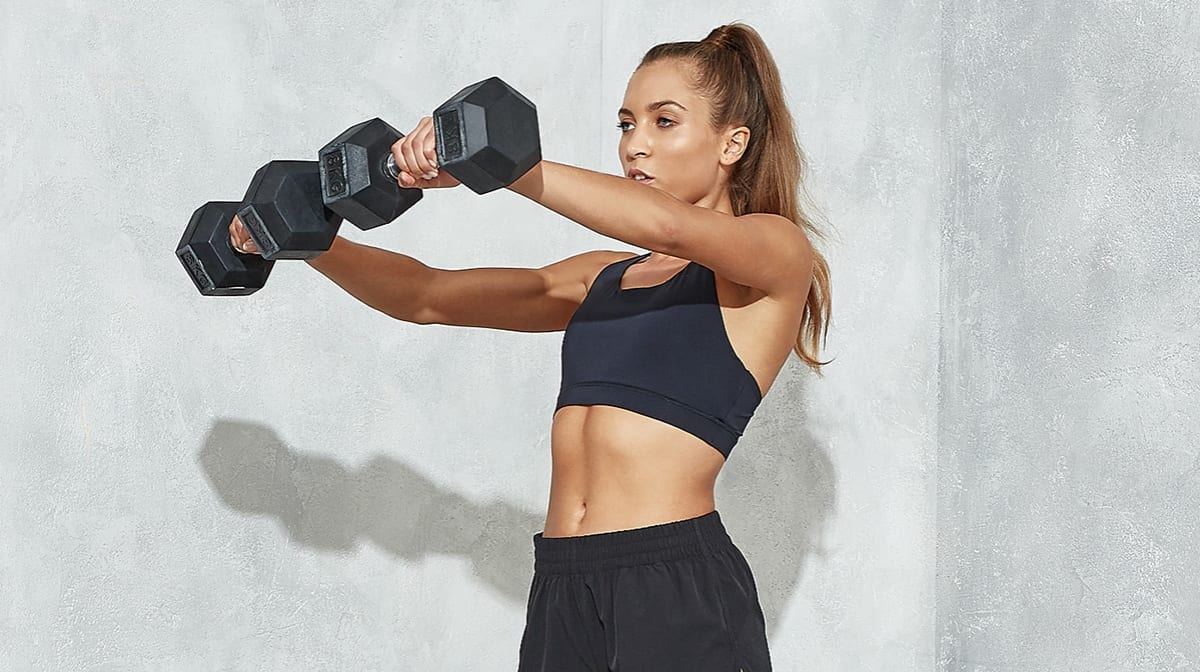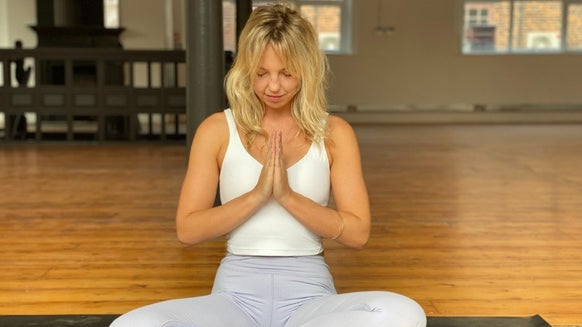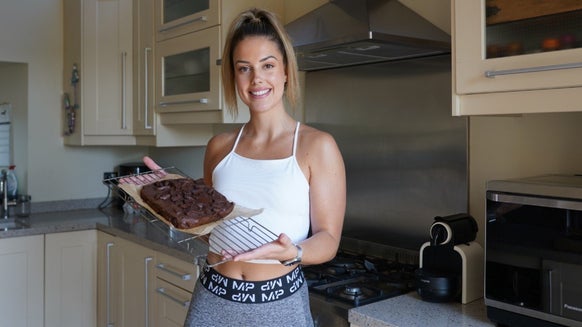
Burn Calories With Weights
Cardiovascular exercise predominantly uses the aerobic system, whereas lifting weights uses the anaerobic system. This means that, because lifting weights involves short bursts of high-intensity movements, the body cannot create all of the energy it needs from oxygen; it needs to gather energy from sugars instead.
How many calories does weight lifting burn?
What are the benefits of lifting weights?
1. Improved fat loss
2. More muscle, means more calories burnt
3. Stress relief
4. Increased energy
5. Healthy heart and bones
6. Reduced risk of injury
Does Weight Lifting Burn Fat?
What will affect how many calories are burned during weightlifting?
1. How much weight you’re lifting
2. Which muscles you’re using
3. Your nutrition
How Many Calories Can You Burn During Other Activities?
Resistance Training
Running/Jogging
HIIT (High-Intensity Interval Training)
Take-Home Message

Amy Golby Writer and expert




